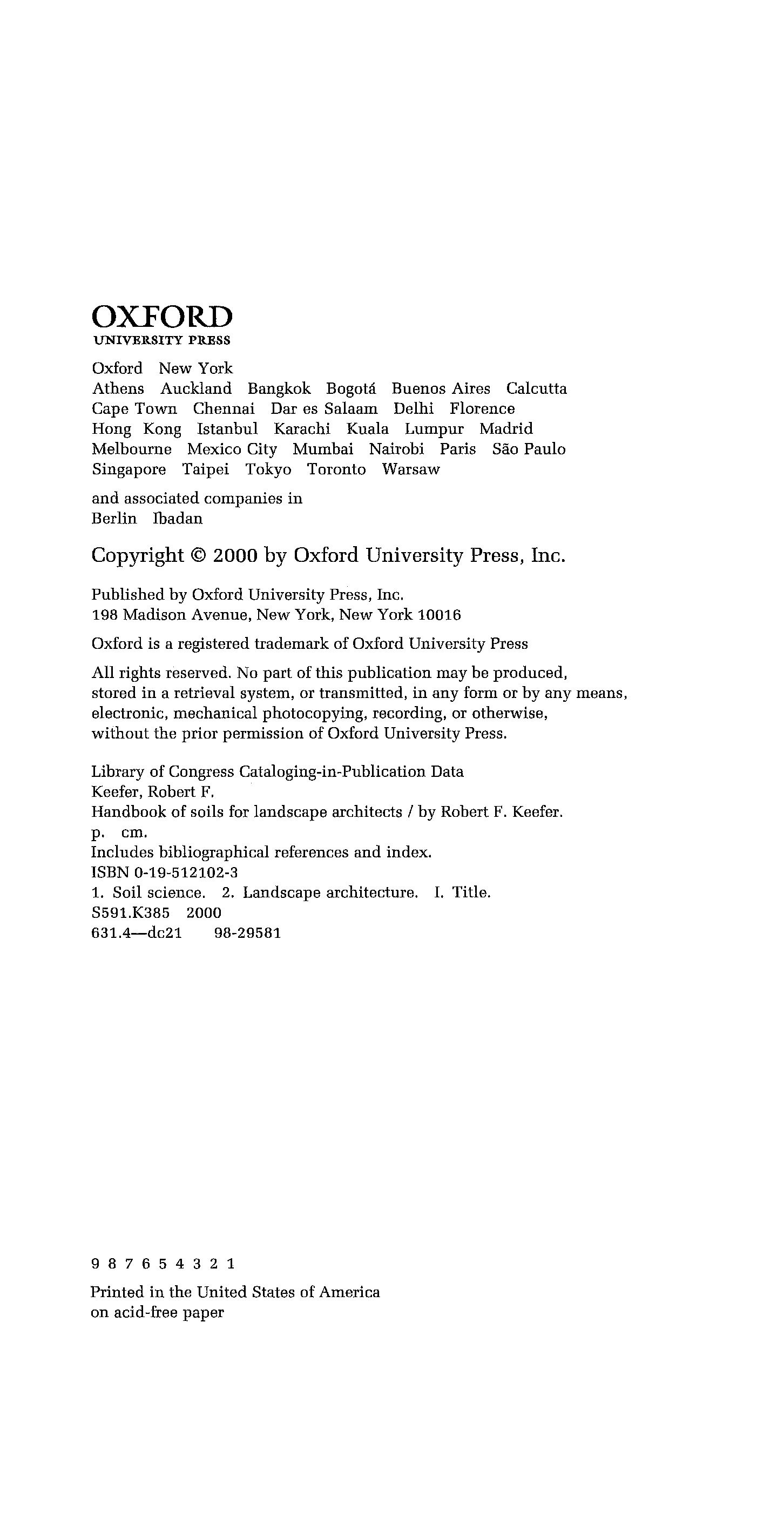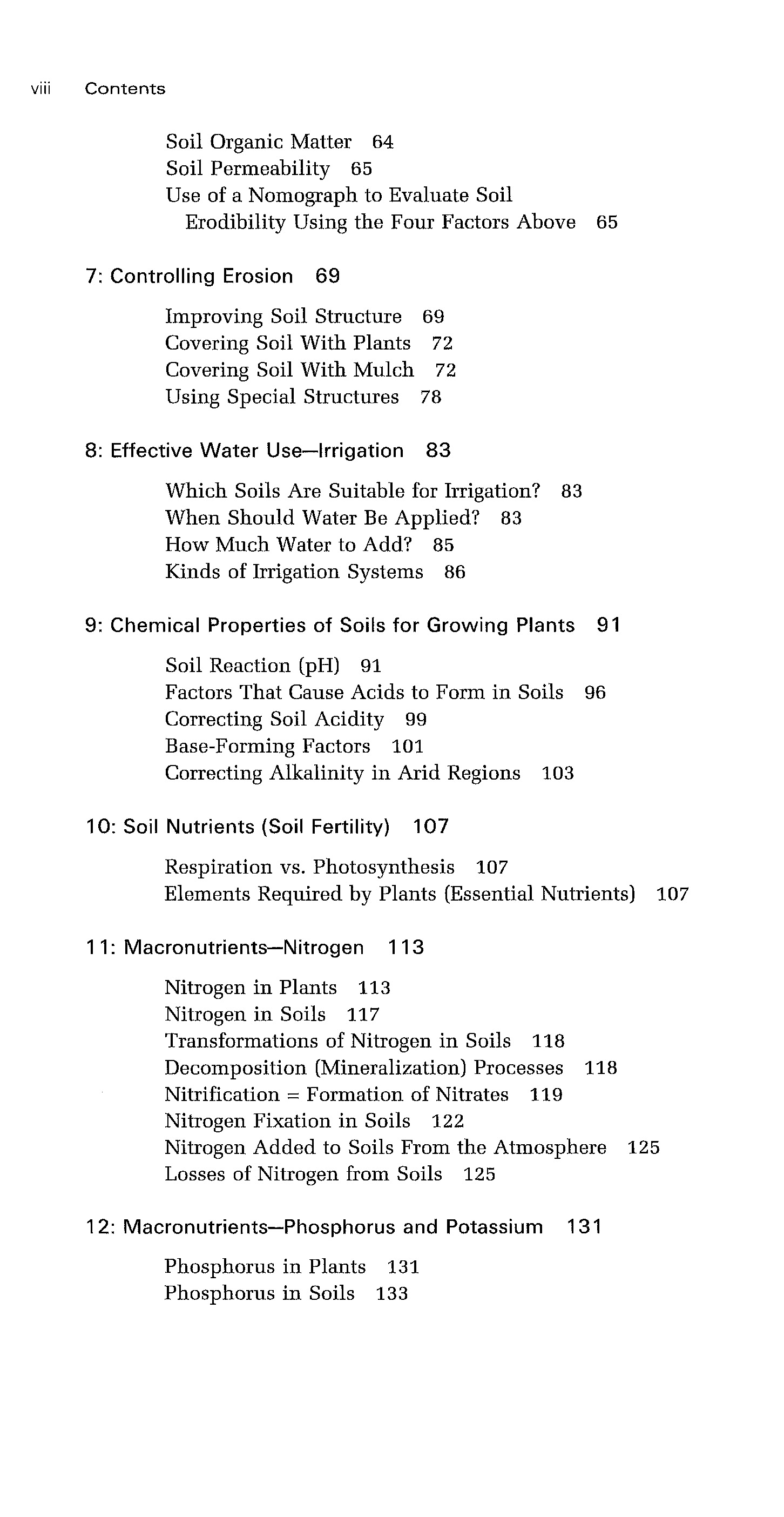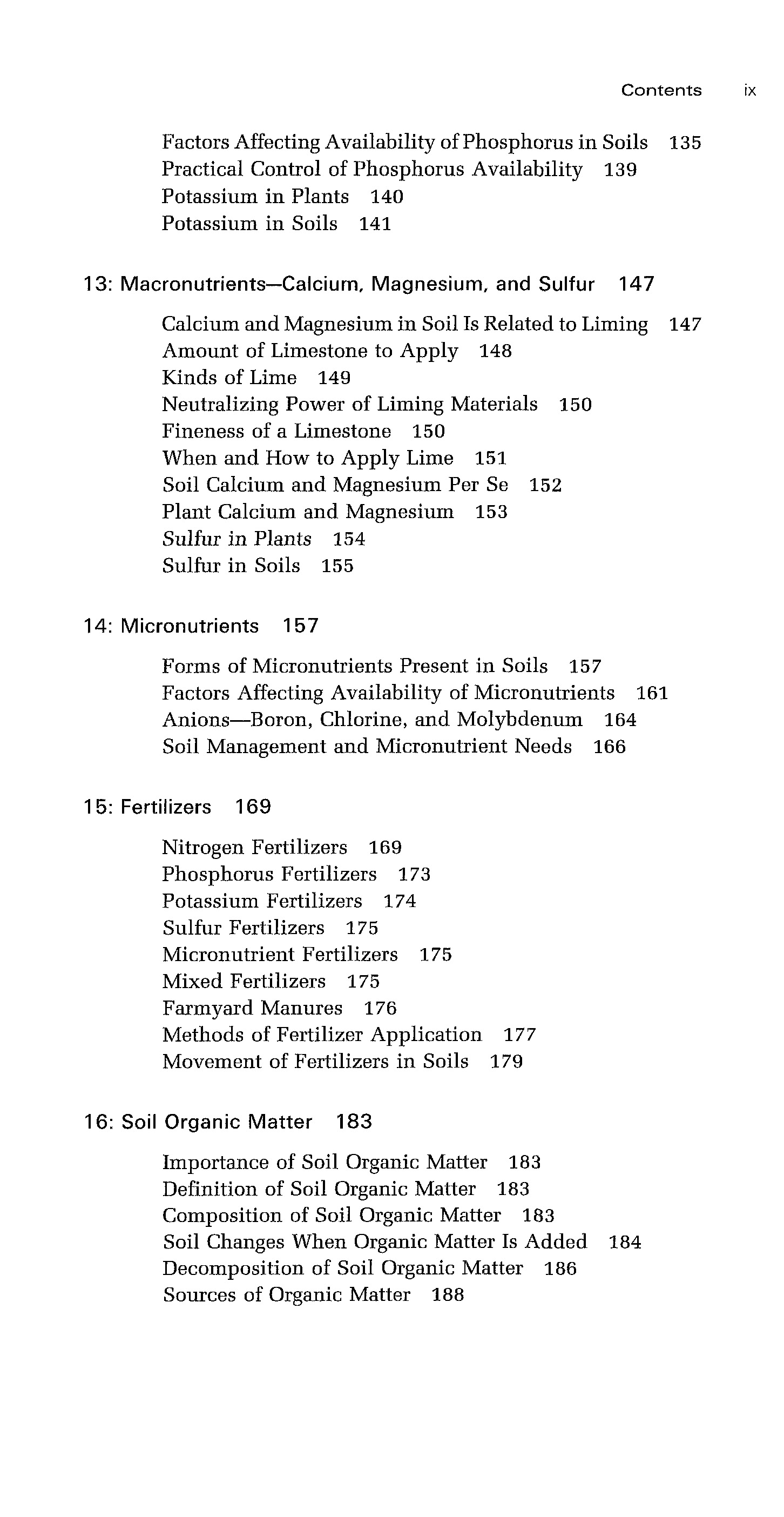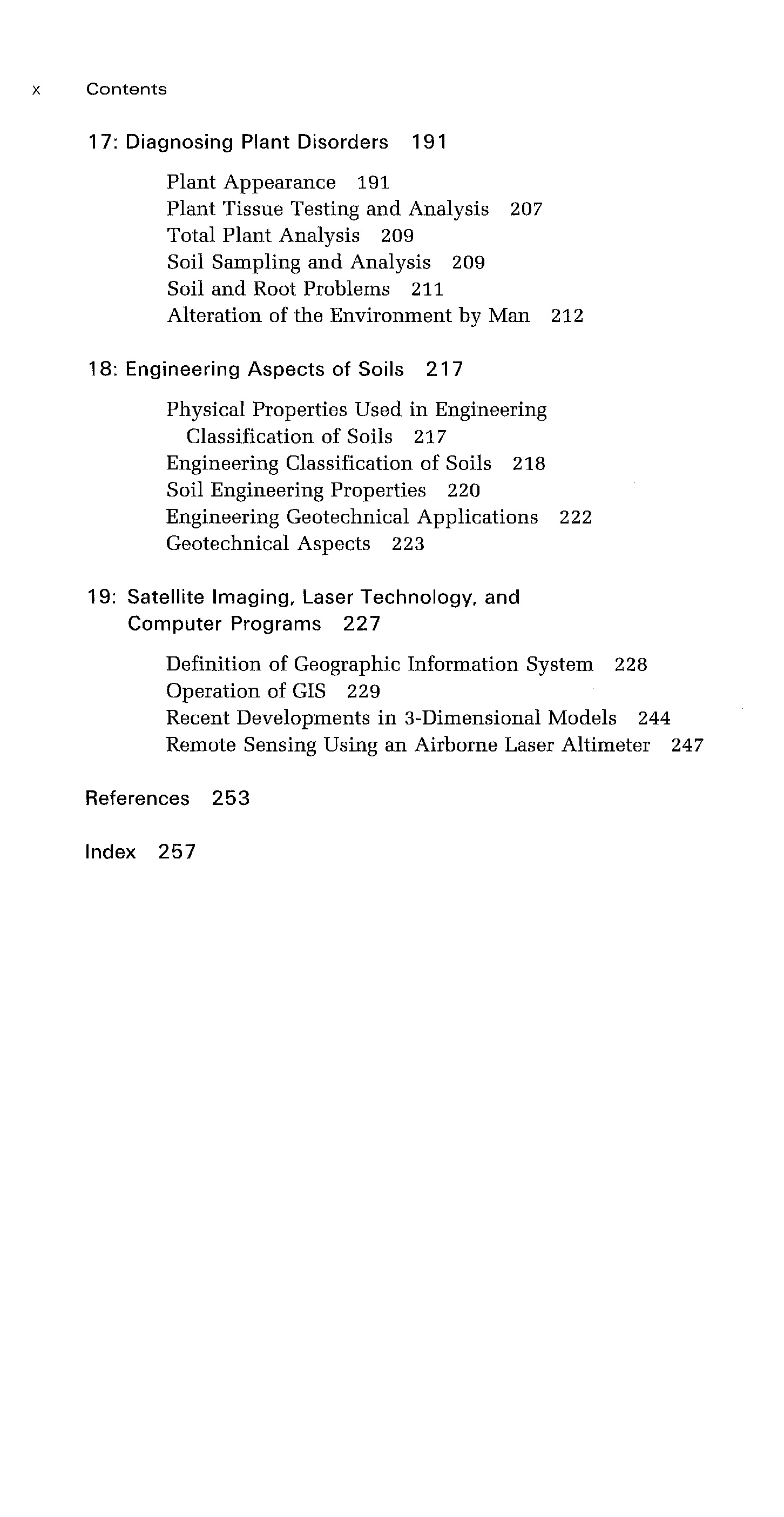اختصاصی از
اس فایل Forsthoffer's Rotating Equipment Handbooks دانلود با لینک مستقیم و پر سرعت .

Therefore the series objective is to present, in User friendly (easy to
access), practical terms (using familiar analogies), the key facts
concerning rotating equipment design basis, operation, maintenance,
installation and condition monitoring to enable the reader (Engineer,
Operator and Millwright) to:
• Understand the effect of process and environmental changes on
equipment operation, maintenance and reliability
• Condition Monitor equipment on a component basis to optimize
up-time, mean time between failure (MTBF) and mean time to
repair (MTTR)
• Select, audit and test the Equipment that will produce highest safety
and reliability in the field for the lowest life cycle cost.
Table of Contents
1 - Introduction, Pages 1-5
2 - Pump types and applications, Pages 7-24
3 - Pump characteristics—positive displacement vs centrifugal (kinetic), Pages
25-36
4 - Operation of a pump in a process system, Pages 37-42
5 - Pump performance data, Pages 43-52
6 - The concept of pump head, Pages 53-62
7 - Pump selection, Pages 63-84
8 - Centrifugal pump hydraulic disturbances, Pages 85-107
9 - Centrifugal pump testing, Pages 109-122
10 - Pump mechanical design, Pages 123-141
11 -Mechanical seals, Pages 143-159
12 - Pump control and protection, Pages 161-178
13 - Conversion to metric system, Pages 179-190
دانلود با لینک مستقیم
Forsthoffer's Rotating Equipment Handbooks 








